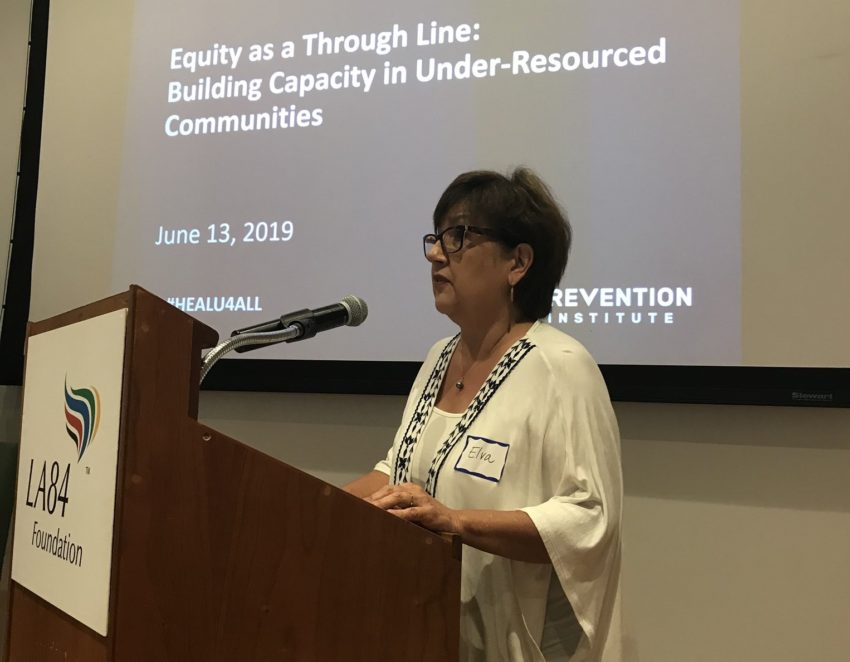
Share On Social!
Elva Yañez—with her neighbors and allies—waged a campaign that has lasted over 15 years to preserve one of the last unprotected open green spaces in her Northeast Los Angeles community of El Sereno.
Before working on healthy equitable land use issues, she worked in tobacco control.
When she recognized similarities in the way tobacco companies and land developers fought to protect private interests from government regulation, she began using tobacco control tactics to fight for environmental justice.
With the help of others, she led an effort to stop one particularly harmful residential development in her community that had serious public health and safety consequences. Throughout the campaign she knew she wanted to go upstream and address the systemic conditions that allowed these kinds of project to move forward the first place.
Now, she facilitates the Prevention Institute’s Healthy, Equitable, Active Land Use (HEALU) Network to examine underlying structural barriers of and identify opportunities to fundamentally shift land use planning policies and practices.
110 Acres of Unprotected Open Green Space Under Threat
Los Angeles has notoriously few parks and notoriously horrible transportation for its 3.7 million residents.
At the time of the Elephant Hill campaign, El Sereno, where Yañez lives, had one of the lowest parkland-to-people ratios in the city, with under two acres per 1,000 population.
“Land use is an important determinant of health because it shapes communities’ access to health-promoting resources, such as jobs, housing, and healthy food, as well as community infrastructure including parks and open space, transportation, and water systems,” Yañez said. “Too often, however, land use policies and practices reinforce pervasive, historical health inequities.”
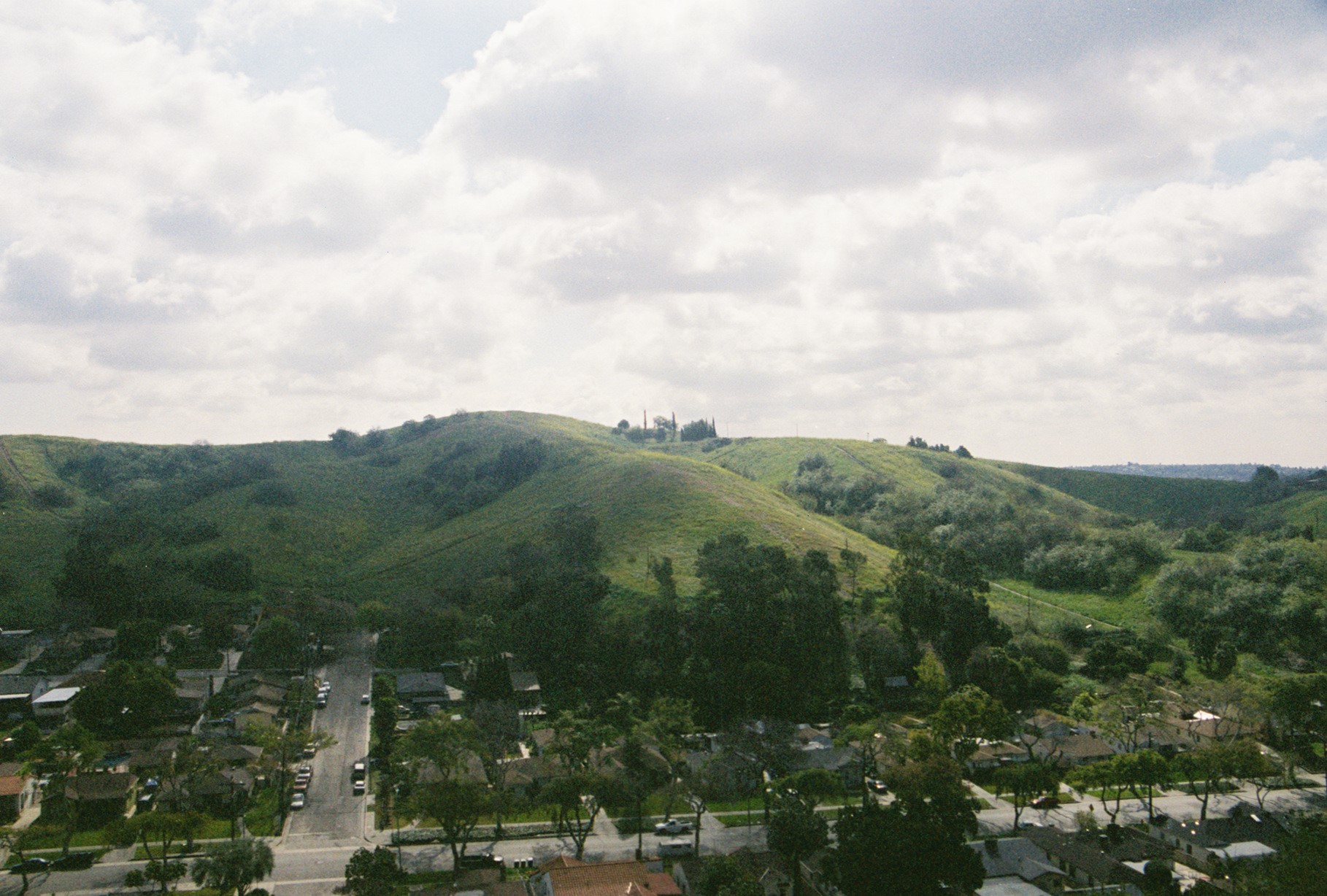
Made up of 110 acres of steep hillsides, Elephant Hill is one the largest, unprotected open green spaces remaining in Northeast Los Angeles.
Located in El Sereno, generations of Latino residents have enjoyed playing, walking, hiking, and exploring nature. It is home to coyotes, snakes, lizards, owls, and numerous bird species.
Green spaces like these are important for health because they promote physical activity.
Yañez said that meeting physical activity guidelines is the second-best way—after quitting smoking—to improve health and reduce risk for disease and premature death.
“Better land use decisions, including increasing access to safe parks and open spaces in all neighborhoods, are critical to reducing health inequities,” Yañez said.
However, a dormant residential development project – initiated in 1984 to build a subdivision on Elephant Hill was purchased in 2003 by a large developer.
The plans included grading a large portion of Elephant Hill to build two-dozen luxury homes in this predominately Latino community that had traditionally allowed working families to purchase affordable homes.
When the project first went through the approval process, neighbors had fought it, concerned about landslides and flooding.
When the project resurfaced after a 20-year lull, Yañez resumed the fight to protect this green space and the public’s health and safety.
“Los Angeles’ low-income communities of color have not received the same level of policy attention, developer investment, and other types of innovation in healthy, equitable land uses that have benefitted higher income neighborhoods,” according to a report from the Prevention Institute.
She would soon learn that land developers had the influence and resources, to block land use regulations that would get in their way and to sway decisionmakers and community members to support their projects.
Community Organizing Resumed to Protect Elephant Hill
In early 2004, Yañez and resident organizers went door-to-door to gauge community sentiment about the renewed activity on Elephant Hill.
They found overwhelming opposition.
Urban planner James Rojas supported their grassroots effort to stop development. He helped Yañez understand the landscape of advocates.
Yañez and her allies organized door-to-door in the neighborhoods surrounding Elephant and got 200 residents to attend two different neighborhood council meetings where she explained the project.
 “Although I was experienced in community organizing, I got a crash course in land use through this process,” Yañez said.
“Although I was experienced in community organizing, I got a crash course in land use through this process,” Yañez said.
Yañez explained the numerous reasons destroying Elephant Hill for luxury homes was a bad idea.
The developer tried to explain why it was a good idea.
But the developer made two big mistakes at the neighborhood council meeting:
- They said Elephant Hill wasn’t worth preserving, and
- They said the luxury homes—built on 20,000-square foot lots and priced at $450,000—would help El Sereno with its gang problem.
“The audience turned on him dramatically,” said Yañez. “This room full of Latinos was offended by his disrespect for their community.”
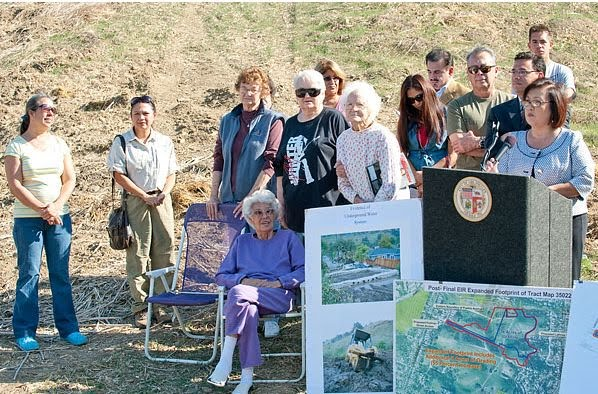
So, the neighborhood council passed a resolution opposing the development.
At the meeting was a staffer of L.A. City Council Member Antonio Villaraigosa. When one of the community residents called out, asking where the councilmember stood on the issues, the staffer said, “He stands with the community,” according to Yañez.
With Villaraigosa’s support, Yañez and residents opposing the development soon received support from L.A. Council Member Ed Reyes; Assembly members Jackie Goldberg (45th) and Carol Liu (44th); and three Council Members in South Pasadena.
Shortly after, it came to light that the developer had not met the 26 conditions of the initial approval.
Back in 1992, the city certified the Final Environmental Impact Report and approved the development of 18 luxury homes on the hillside if 26 conditions were met.
“At the time, we were naïve enough to think that if the developer didn’t complete the conditions the approval would be invalidated and we would win,” Yañez said.
Then, the developer filed three lawsuits.
That’s when Yañez said she realized the type of “opposition” she and her allies were up against.
“The developer had the expertise in how local governments work and how to get around bureaucratic obstacles while burying opponents in them,” Yañez said. “It was similar to what I had seen with the tobacco industry.”
Yañez’s Transition from Campaigning on Tobacco to Campaigning on Land Use
In the 1990s, Yañez worked in tobacco control and alcohol policy.
When she learned a developer was going to build luxury homes on Elephant Hill, she he didn’t know much about land use regulations, like permitting, zoning, and environmental impact reports, or anything about the agencies and boards that oversee those issues.
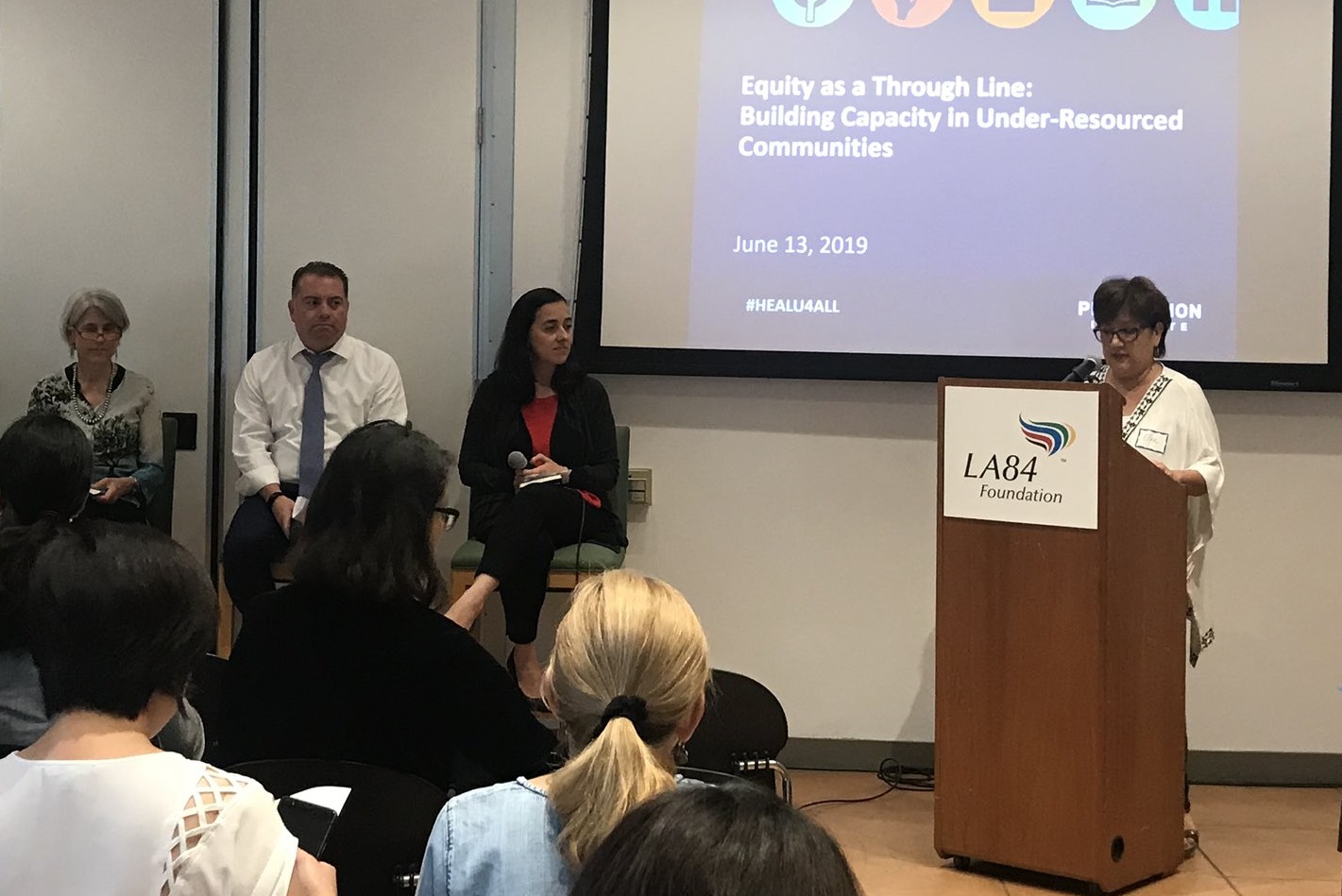
But Yañez was familiar with tactics and influence the tobacco industry uses to stop communities from enacting strong or local and state policies and regulations.
“Big Tobacco is a well-established industry, with the influence, resources, and expertise to push their product, get around regulations or stop new ones,” she said. “And they have been doing it for a long time.”
Many of our nation’s founding fathers were tobacco farmers. You can even find tobacco leaves enshrined in the architecture of government buildings. There was a time when the Senate supplied tobacco to members of Congress and the military supplied tobacco to service members.
Big Tobacco uses numerous tactics to avoid regulation for decades at the federal, state and local level.
For example, in the 1990s, California led the nation in tobacco control, preventing 59,000 heart disease deaths.
The tobacco industry responded by spending $24.6 million in political expenditures in 1994 alone, according to a California state reports on tobacco policy making from the University of California San Francisco Center for Tobacco Control Research and Education.
In 1996, after the FDA was first granted authority to regulate tobacco products, a group of tobacco companies sued. A 2000 U.S. Supreme Court decision ruled the FDA could not assert authority over tobacco products without being given the power to do so by Congress. It took another nine years for Congress to pass legislation granting the FDA regulatory authority over tobacco products.
Consider the costs and expertise needed for education and training, legal research, analysis and interpretation, and policy development on these issues.
Big tobacco is still at it today, as tobacco use remains the nation’s No. 1 cause of preventable death and disease.
Lawsuits Over Elephant Hill Development
Yañez noticed the similarities between the tactics of the tobacco industry and developers when the Elephant Hill developer sued the City of South Pasadena, to preempt the city from denying his project permits.
In July 2004, the developer also sued the City of LA the Los Angeles’ planning director and then City Council Member Villaraigosa to push the city to expedite approval of the conditions and issue permits.
“Filing a lawsuit was bold,” Yañez said. “They hired a well-known land use attorney that has a track record of success on behalf of his clients.”
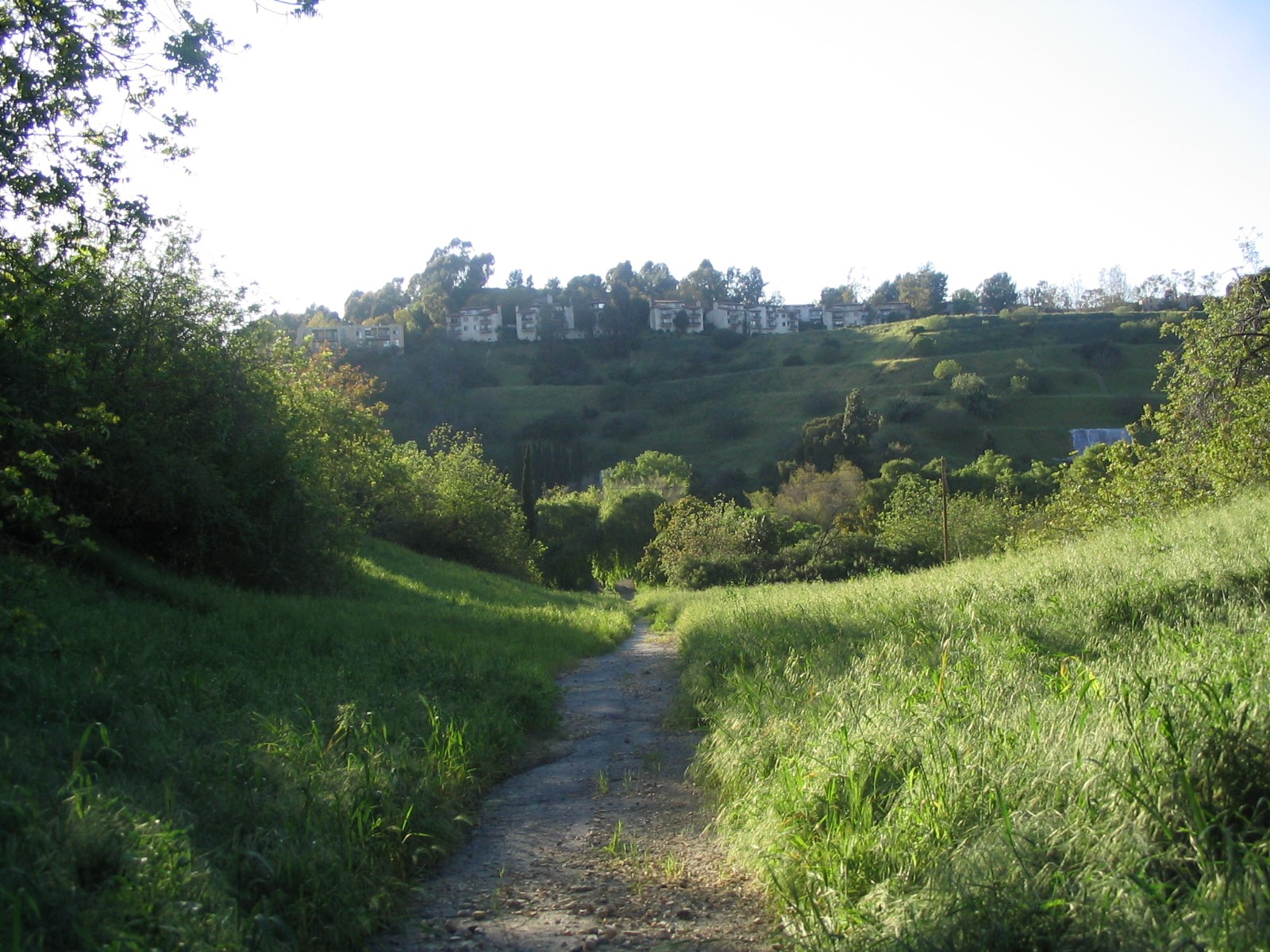
Community members and elected officials weren’t prepared for these tactics; the City wasn’t willing to push back.
Despite public opposition and the developer failing to meet the 26 conditions of the approval, the City Council approved the plans on July 20, 2004. Councilmembers Villaraigosa and Reyes voted against approval.
This approval meant development could advance even though the developer failed to meet the required conditions.
The developer withdrew his lawsuits.
“Having engaged with Big Tobacco over a number of years, I felt like we were able to gain footing when it came to the policy battles, go toe to toe with them, and often win.,” Yañez said. “In comparison, coming up against a developer to ensure equitable environmental protections in this land use fight, it felt like the wild west.”
Developer Expands Project Without Review or Approval
Through 2004, it was apparent that the developer was purchasing additional land on Elephant Hill to expand his residential project.
Yañez requested public records to see if it was true. It was.
She also found that the developer had expanded the proposed project to 56 lots, roughly tripling the amount of grading required without review.
“According to the California Environmental Quality Act (CEQA), it is illegal to expand or change a project after the Environmental Impact Report has been certified and the plans have been approved,” Yañez said.
Residents voiced concern about the now piecemeal development plans and lack of supplemental Environmental Impact Report for the growing project.
After all, the initial Environmental Impact Report was completed in 1992 for 18 homes and didn’t consider water issues that residents were aware of.
“In the 1980s, less than a quarter mile away, a condo slid down another hillside because of subsidence caused by underground water, costing millions in lawsuits for remediation,” Yañez said.
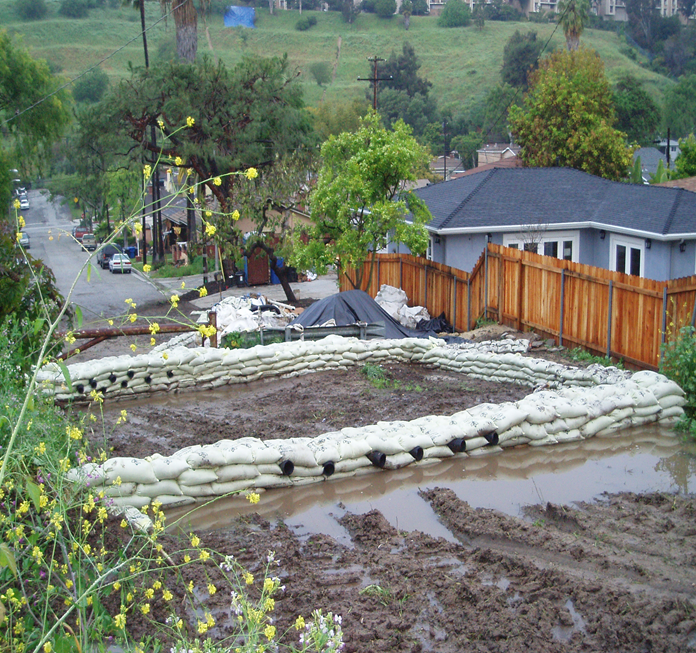 Residents who live below the condo remembered clearing out the mud from their homes during that disaster and were worried because they believed the same thing would happen if development happened on Elephant Hill.
Residents who live below the condo remembered clearing out the mud from their homes during that disaster and were worried because they believed the same thing would happen if development happened on Elephant Hill.
“Water under steep, unstable hillsides is not a good set up for large scale development,” Yañez said.
But the City Council leadership told the neighbors that they needed an expert to confirm the presence of water.
So, they got an expert.
Next Round of Organizing to Protect Elephant Hill
Through an in-kind donation of consultant time from an ally organization, a hydrology expert walked the hillside, took rock and soil samples, and provided a report for the City Council.
“Without any funding or a website, we ran a highly strategic campaign,” Yañez said.
The expert verified the underground stream and testified to the City Council.
Many El Sereno residents voiced concerned that hillside construction would increase risk for flooding and landslides.
“What grabbed me about this case was the unfairness of it all,” said attorney Doug Carstens according to the LA Times. “Essentially, just as these community members were making their voice heard in City Hall after years of struggle, they were being told it was too late because of prior approvals.”
Yet, the project continued.
“A lot of planners don’t live in the areas they cover,” Yañez said. “They were just processing permits and applications.”
Then, in April 2006, a backhoe plowing through Elephant Hill slipped on a subterranean water table into a sinkhole. It took two cranes to get it out.

She used the sinkhole situation to secure support from the new Councilmember for Council District 14, who had run on a platform that included protecting Northeast LA’s iconic hillsides from speculative development.
“The images of the backhoe in the sinkhole allowed us to move forward,” Yañez said.
With Councilmember Jose Huizar as their champion, the Elephant Hill advocates pushed for additional environmental review of the expanded project.
“The Environmental Impact Report was incomplete,” Yañez said looking back. “I was frustrated by the fact that there wasn’t a connection being made between the illegal actions by the developer, the problems with his project and the community’s health and safety,” Yañez said.
Yañez and other campaign organizers mobilized El Sereno residents, coalition members and the broader Northeast L.A. environmental justice communities to write letters, make calls and show up at 10 public hearings in as many months, most taking place before the Council’s Planning and Land Use Management Committee.
Community leaders representing over 50 community-based and grassroots groups as well as environmental and justice organizations and agencies signed a series of letters urging the Council to ensure environmental justice for El Sereno residents, including representatives from the Santa Monica Mountains Conservancy, Mujeres de la Tierra, and the Arroyo Seco Foundation, state Assemblymember Kevin de Leon’s office and the Natural Resources Defense Council.
“There was no way we were going to let this [open green space] be paved over with roads and homes,” said Yañez.
In January 2007, the City Council’s Planning and Land Use Management Committee passed a motion directing city departments to thoroughly review a 20 plus year-old environmental impact report and submit findings in 45 days.
Despite a recommendation by the City Planning Department for the Council to approve the permits for this residential development, in June 2007, City Council adopted a motion requiring a the developer to undertake a Supplemental Environmental Impact Review and blocking all discretionary actions or approvals on the development until completed.
The developer went back to the Big Tobacco-type tactics and sued again.
Yet Another Lawsuit on Elephant Hill Development
In July 2007, the developer filed a lawsuit against the City for failing to issue the necessary permits for development.
In blocking discretionary actions, the Department of Building and Safety could not issue permits that would allow the developer to grade the site.
The developer argued that the issuance of the permit should have been an administrative decision, not a discretionary decision.
“This again was similar in nature to tactics I’d seen tobacco companies use when they didn’t get their way,” Yañez.
On Oct. 3, 2007, four residents, the Latino Urban Forum, and Natural Resources Defense Council (NRDC) with the pro-bono assistance of the environmental law firm, Chatten-Brown & Castens, filed a motion to intervene in the lawsuit to ensure that the community interests were fairly represented in the legal matter.
In December 2008, residents and non-profit intervenors filed briefs for the court to rule against the developer.
But the lawsuit remained.
“Rather than spend a few hundred thousand dollars to make sure the project was safe by today’s standards, [the developer] opted to fight the city council and demand that permits be issued using 20+ year old environmental impact data and grossly inaccurate geological data,” wrote an independent blogger on the Save Elephant Hills Blog in April 2009.
City Council Settles Lawsuit for $9 Million
Even though the city’s environmental review found that grading would result in an irreversible environmental change, a Superior Court judge ruled that the city council had no authority to order the developer to perform a new Environmental Impact Report.
In November 2009, the Los Angeles City Council voted to settle the lawsuit.
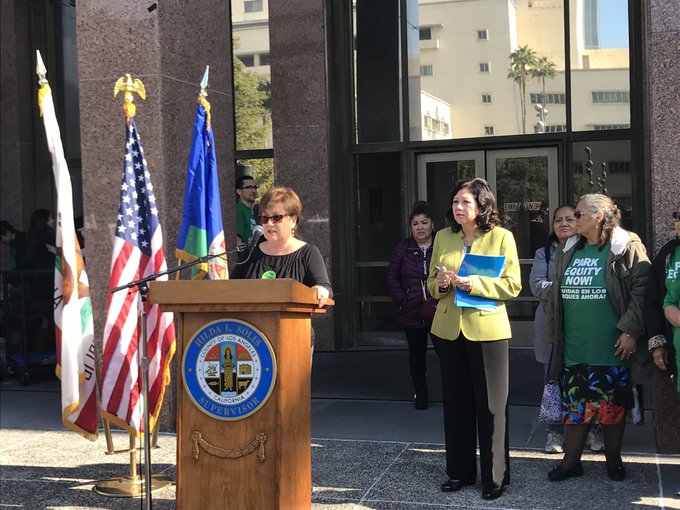 Under the terms of the settlement, in addition to withdrawing his application, the developer agreed to sell the City 20-acres of the project parcels $9 million.
Under the terms of the settlement, in addition to withdrawing his application, the developer agreed to sell the City 20-acres of the project parcels $9 million.
“Collective efforts of residents, community-based organizations and elected officials to protect public safety and require developer accountability succeeded in preserving one of LA’s few remaining open spaces benefiting public health and the environment for years to come,” said NRDC senior attorney Daid Pettit according to Streetsblog LA.
“This is a huge victory for the residents of El Sereno and the coalition of community and environmental organizations that waged a long and hard fought struggle,” Yañez wrote in a statement via the Latino Urban Forum. “We extend our heartfelt gratitude to Councilmember Jose Huizar for his steadfast leadership as he is championing residents’ public safety and environmental concerns related to this development. We are thrilled that this poorly planned project is not moving forward and environmental justice has prevailed!”
“This is an environmental justice victory because proper environmental review was not conducted,” said Huizar, according to the LA Times. “Our first objective was to get control of the site. The next step is to determine exactly where we go from here.”
While all of these were critically important victories, they didn’t end efforts to permanently protect Elephant Hills.
Elephant Hill Saved from Development
In 2012, with active support of residents and their allies, the city rezoned the parcels on Elephant Hill as open space, and in 2014, sold five acres to the Mountains Recreation and Conservation Authority (MRCA) to create a walking trail.
In 2017, MRCA worked with James Rojas of PLACEIT and Council Member Huizar to host community stakeholder meetings to obtain input on public access and amenities for Elephant Hill.
In 2018, Los Angeles County Supervisor, Hilda Solis, secured $700,000 in discretionary grant funding for development of the trail.
“The community is patiently waiting for MRCA to move forward with design and construction of the trail,” Yañez said.
LA’s Healthy, Equitable, Active Land Use (HEALU) Network
After the important and hard-won lessons learned through this campaign Yañez wanted to do more.
“Out of Elephant Hill, I started thinking about our broken planning systems and going upstream to ensure healthy, equitable land use through policy and systems change work,” Yañez said.
By this time, she had joined the staff of Prevention Institute, a national organization that focuses on addressing the structural and community factors that give rise to illness and injury in the first place.
She along with colleague Manal Aboelata wanted to explore how current and historic policies, practices, and norms shape community conditions, and how land use related policies and strategies can support rather than undermine health equity.
After some research including interviews with 40 stakeholders active on land use from a number of sectors, they launched the Healthy, Equitable, Active Land Use (HEALU) Network out of PI’s Los Angeles office.
HEALU Network members recognize that low-income communities of color oftentimes lack the incentives or resources that drive healthy land uses. These communities also lack the tools in zoning and land use policy that have been used to protect more affluent neighborhoods from unhealthy land uses, such as liquor stores and industrial facilities that pollute the air and water.
 The HEALU Network wants to change systems and structures that lead to inequities in the land use system.
The HEALU Network wants to change systems and structures that lead to inequities in the land use system.
“People who work on land use issues in one form or another oftentimes get so caught up in their day-to-day that they rarely have time to work devote to systems change,” Yañez said.
A New Agenda for Healthy, Equitable Land Use
In 2016, Yañez’s HEALU released a brief on Strategies to Create a Healthy, Equitable Land Use System in Los Angeles with four key strategies:
- Increase the percentage of public funds invested in health-promoting infrastructure in low-income communities of color.
- Build capacity in government, the private sector, and community-based organizations for robust community engagement in land use planning and policymaking.
- Accelerate land use innovations and demonstration projects in low-income communities of color and scale up successful pilot projects to drive policy change.
- Foster cross-government collaboration to embed health and equity in all land use decisions.
Yañez continues working to integrate a public health approach into land use and built environment decisions, and more recently infrastructure investments.
“Through the HEALU Network, we do our best to elevate the health and equity issues facing Latino and other communities of color resulting from decades of discriminatory planning decisions, environmental racism and disinvestment,” Yañez said. “It is doesn’t make sense to fight bad developments on a project-by-project basis. We must take systems and policy change approach in order to take our proven prevention strategies to scale.”
By The Numbers
33
percent
of Latinos live within walking distance (<1 mile) of a park
This success story was produced by Salud America! with support from the Robert Wood Johnson Foundation.
The stories are intended for educational and informative purposes. References to specific policymakers, individuals, schools, policies, or companies have been included solely to advance these purposes and do not constitute an endorsement, sponsorship, or recommendation. Stories are based on and told by real community members and are the opinions and views of the individuals whose stories are told. Organization and activities described were not supported by Salud America! or the Robert Wood Johnson Foundation and do not necessarily represent the views of Salud America! or the Robert Wood Johnson Foundation.



